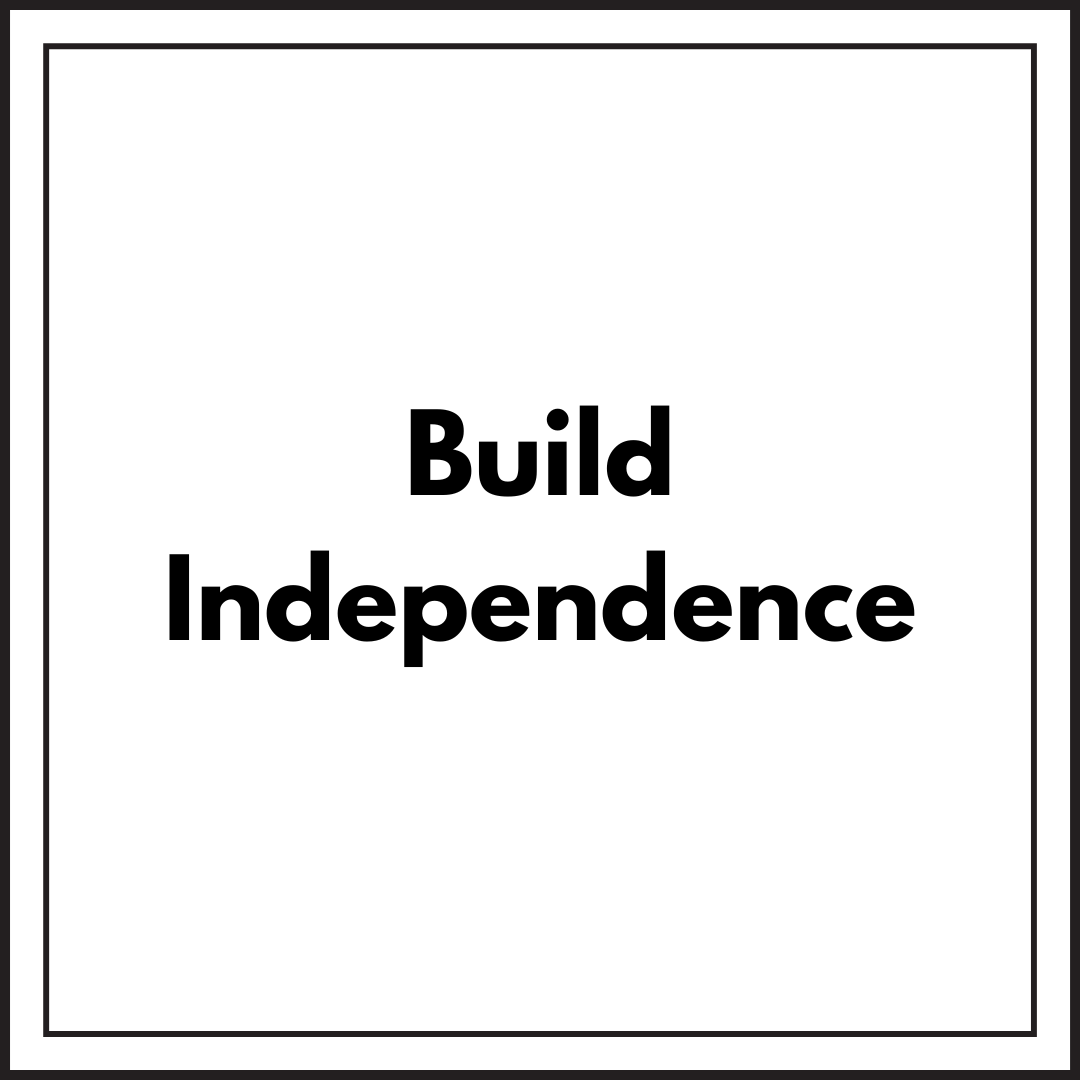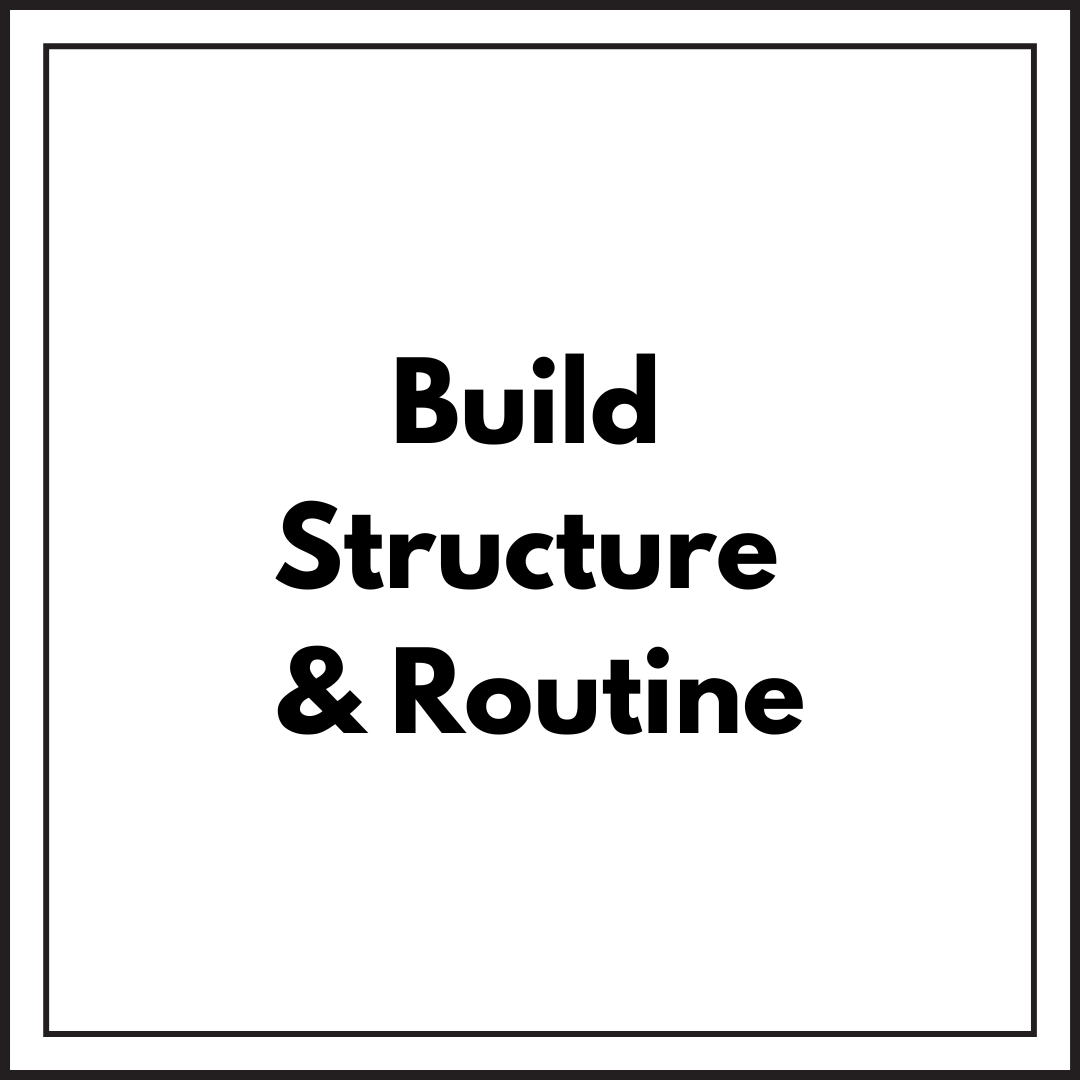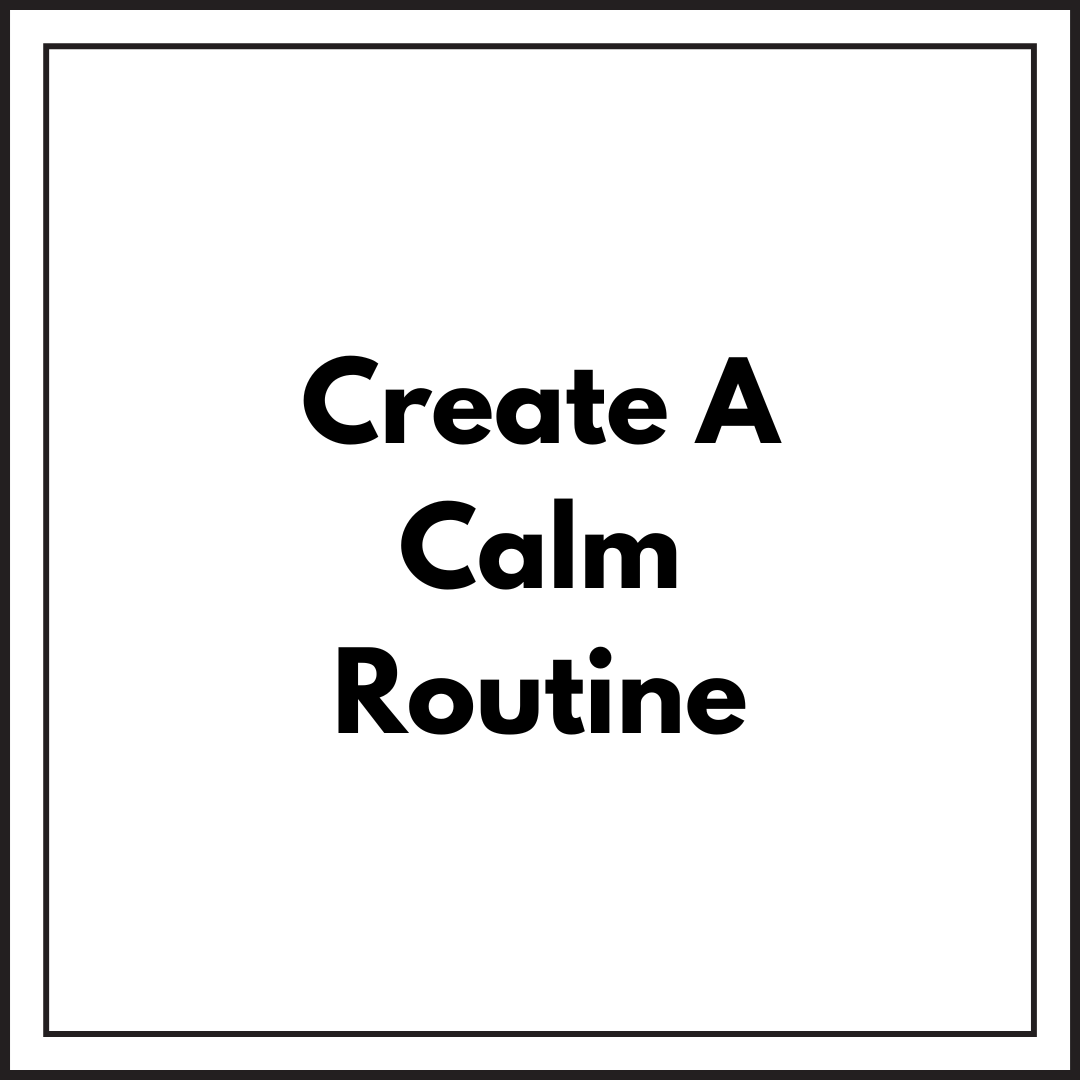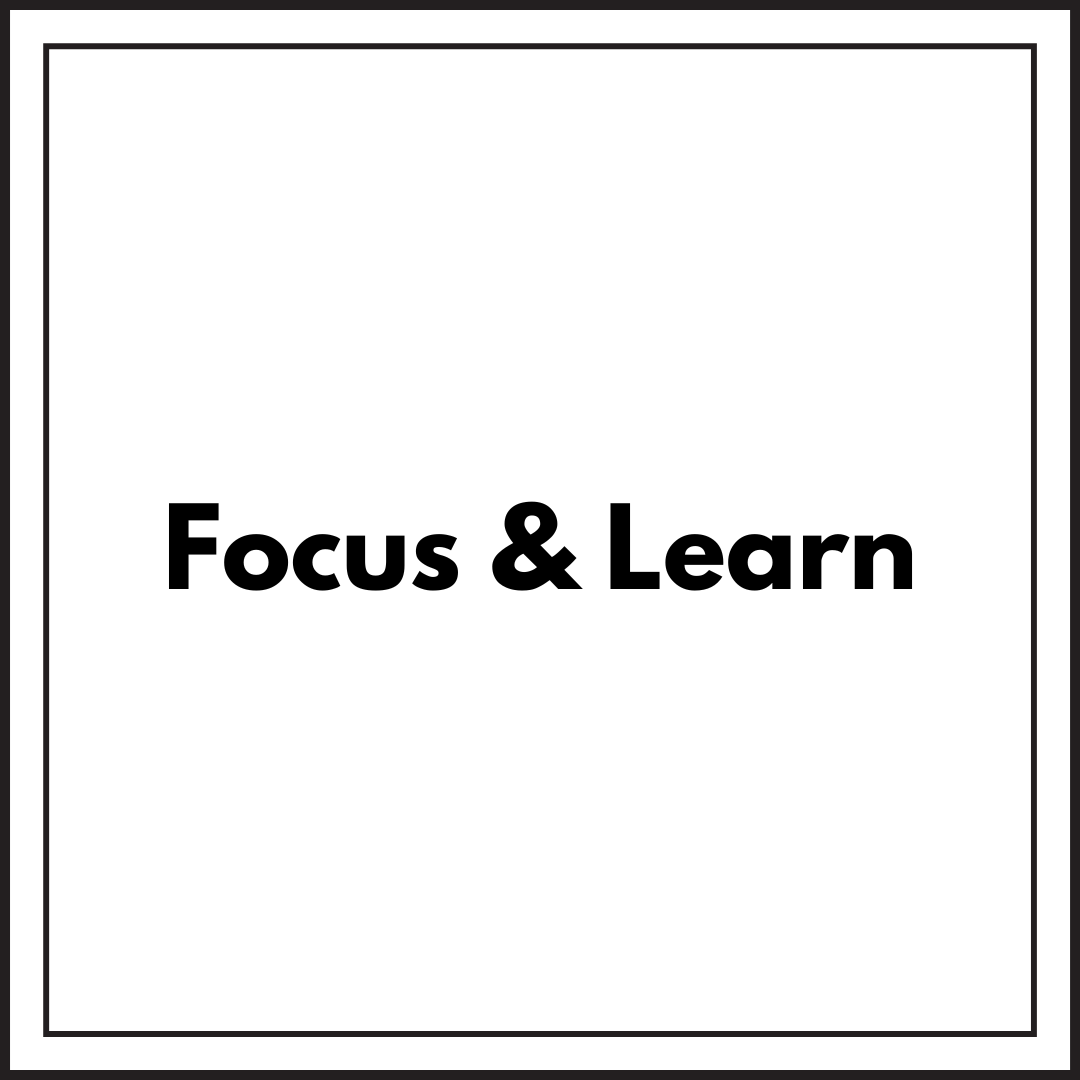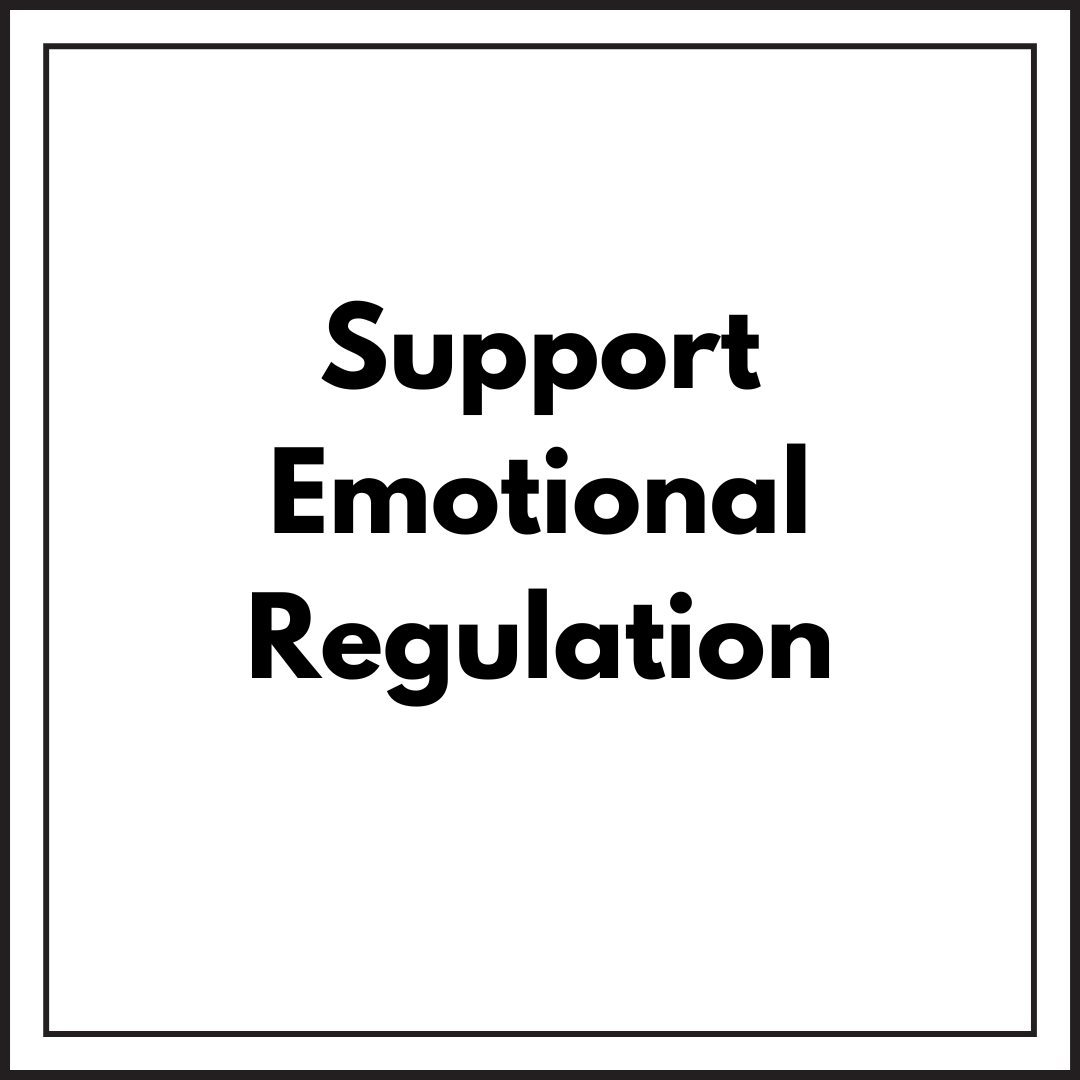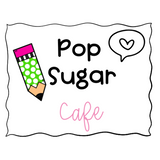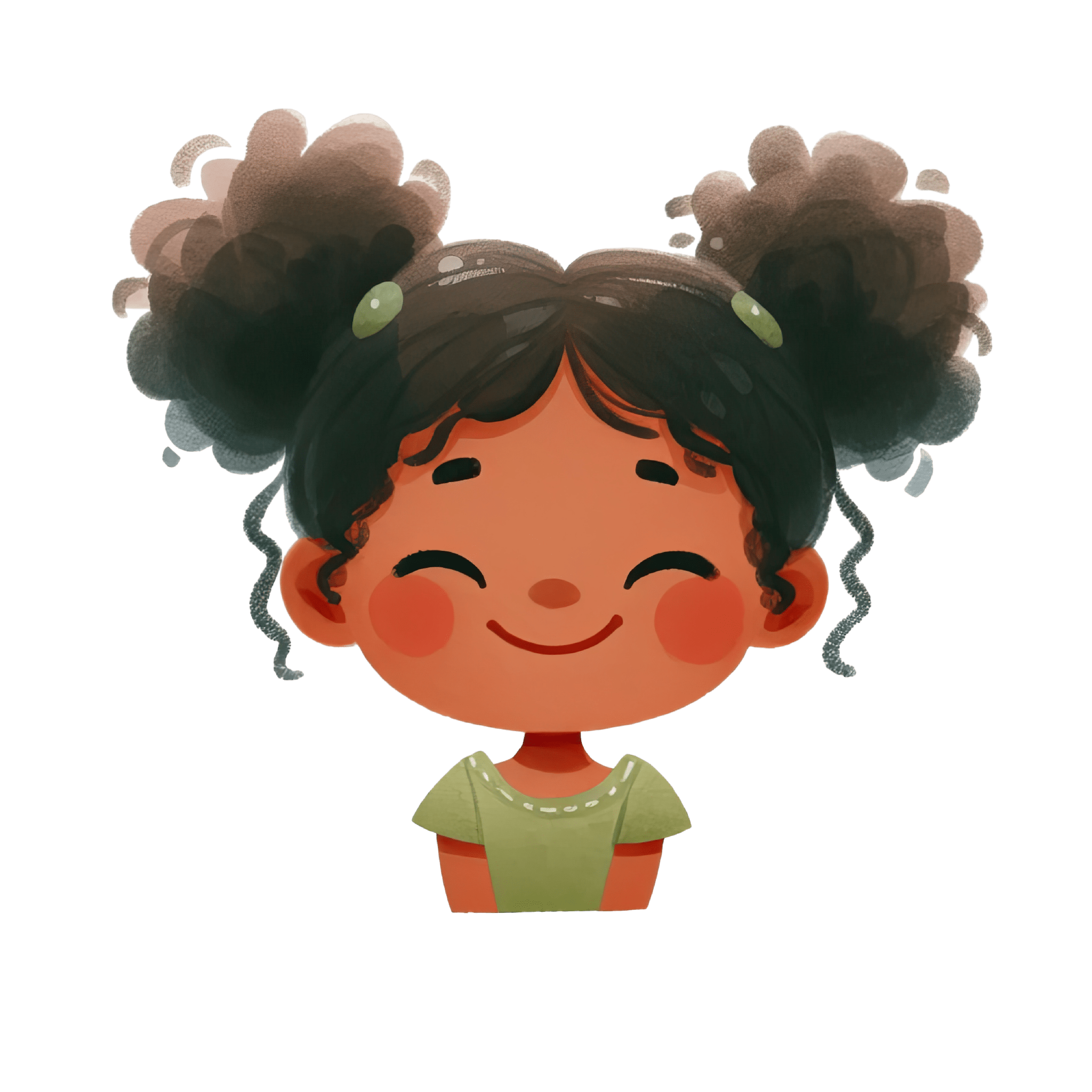
· By Elizabeth Muncey
Empowering Kids with Behavior Reflection Sheets: A Practical Guide
Why Behavior Reflection Matters
Elementary school is a time of rapid growth—not just academically, but emotionally and socially. Helping kids learn from their choices and build emotional regulation skills is critical. That's where behavior reflection sheets for elementary students come in. These tools aren't just about discipline—they're about positive behavior support, self-awareness, and long-term success. Whether you're a parent, teacher, or support staff, incorporating behavior tracking strategies can help students thrive.
What Are Behavior Reflection Sheets?
Behavior reflection worksheets allow children to think about their behavior, identify emotions, and reflect on better choices. These printable resources can be used as part of a responsive classroom approach or as standalone supports in general and special education classrooms.
They usually include prompts like:
-
What happened?
-
What were you feeling?
-
What could you do differently next time?
-
Who was affected by your choices?
Pairing them with calm down strategies or a check in check out system can further support emotional growth.
Benefits of Using Reflection Activities in Elementary Settings
-
Improves Emotional Regulation – Kids begin to recognize and name their emotions, supporting SEL (social-emotional learning).
-
Reinforces Classroom Expectations – Students connect actions with consequences and learn about positive behavior goals.
-
Promotes Accountability – Instead of traditional punishments, students actively think about their behavior.
-
Works Across All Learners – From inclusive classrooms to autism support, reflection tools provide consistency.
Using visual behavior tracking tools also helps students with executive function challenges by offering structure.
Top Features of an Effective Behavior Reflection Sheet
When choosing or designing your own editable behavior reflection printable, look for:
-
Visual aids for younger or non-readers
-
Simple, kid-friendly language
-
Emotion check-ins (charts or emojis)
-
Space to draw or write
-
Versions tailored for special education or ADHD support
-
Room for daily or weekly reflections
These formats help both students and teachers maintain consistency.
How to Use Behavior Logs for Different Needs
Here’s how to integrate behavior reflection across various educational settings:
For General Education Classrooms
Use a daily behavior worksheet to check in each afternoon. Pair it with classroom routines and positive reinforcement.
For Special Education
Choose a customizable template with visuals. Add it to IEP goal tracking folders.
For Emotional Support or Counseling
Use printable anger management worksheets and tie them to conflict-resolution lessons.
For ADHD and Autism Support
Offer structured reflection activities paired with visual task cards and a calm down corner.
Digital and Printable Options for Teachers
Many platforms offer behavior reflection templates PDF, Google Slides versions, and editable behavior logs. A few resources to explore:
-
Pop Sugar Cafe Behavior Tools (shop-specific)
-
Teachers Pay Teachers for K-2 reflection worksheets
-
Free SEL worksheets for inclusive classrooms
Behavior Reflection Ideas by Grade Level
K–2 Students:
-
Use picture-based behavior sheets
-
Include feelings charts
-
Create calm down bottles to accompany worksheets
Grades 3–5:
-
Encourage journaling with prompts
-
Add weekly tracking templates
-
Use conflict resolution reflections after peer issues
Sample Prompts for Reflection Worksheets
-
What happened today that made you feel frustrated?
-
What are 3 better ways you could have handled the situation?
-
What emotion were you feeling? How big was that feeling?
-
Who was affected, and how can you make it right?
Use these with simple daily behavior logs or a behavior tracking sheet PDF to build habits over time.
Incorporating Behavior Reflection into Your Routine
Consistency is key! Try this routine:
-
Morning: Use SEL check-in worksheets
-
Midday: Offer a cool-down space for reflection
-
Afternoon: Complete reflection logs or use check in check out systems
Students thrive when they know what to expect and feel supported in improving.
Conclusion: Helping Kids Learn Through Reflection
Behavior reflection activities aren’t about punishment—they’re about growth. By guiding students to understand their emotions and choices, we empower them to develop strong executive function and emotional regulation skills. Whether used at home or in the classroom, these worksheets give kids the tools to grow into thoughtful, self-aware learners.
Looking for a ready-to-use pack? Check out our editable Behavior & Mood Trackers Kit in the Pop Sugar Cafe shop!
